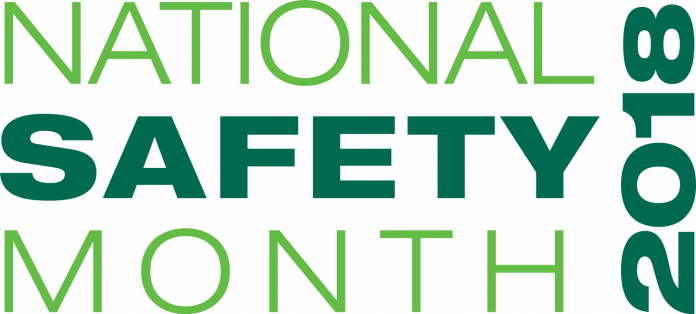Did you know that around 4,500,000 working days were lost UK-wide due to workplace injuries in 2017? As a recruitment company spanning a range of different sectors, we here at Gibson Hollyhomes have to be aware of health and safety risks for a variety of professional environments.
In celebration of National Safety Month 2018 we’re exploring the importance of safety in the workplace and outlining steps employers and workers can take to minimize risk. But what is National Safety Month exactly? And when is National Safety Month?
National Safety Month
National Safety Month is an annual campaign, taking place every June, with a focus on reducing the leading causes of injury and death at work. As Benjamin Franklin once said, “an ounce of prevention is worth a pound of cure” and this is why National Safety Month is so important.
The campaign is designed to inform, educate, and empower employers and workers alike to take a proactive approach to safety in the workplace and stop accidents, injuries, and illnesses before they happen. Alongside saving everybody a great deal of distress, this saves time and money in the long-run by minimising loss of working days and eliminating any legal and/or medical costs.
Safety Measures & Minimizing Risk
There are a number of safety measures you can take within the workplace to prevent accidents and promote wellness. As an employer the first thing you can do is draw up a bespoke health and safety policy for your workplace and make staff aware of it. If you are not sure where to start there are a number of different templates online that you can refer to, ranging from basic to specialised for individual sectors.
We recommend your health and safety policy be written by someone from within your organisation such as a director or manager as they will be most familiar with the environment; you can even consult staff for input as they are likely to have unique insights into workplace risks.
The next step you can take is carrying out a general workplace risk assessment. This involves identifying any and all possible hazards, no matter how minor, and deciding how these can be eliminated or controlled if elimination is not possible.
For example, a common hazard in a working kitchen is slipping from food/beverage spills. This is a risk that can never fully be eliminated due to the nature of the environment. Instead this can be controlled by ensuring the proper equipment and staff training is provided and that wet floor signs are available to guarantee maximum awareness.
The Health and Safety Regulations Act of 1981 requires employers to provide adequate and appropriate equipment, facilities, and personnel to ensure their employees receive immediate attention if they are injured or taken ill at work. The easiest way to do this is to train an existing member of staff in first aid and ensure a first aid kit is available. The British Red Cross offers first aid training at over 150 venues across the UK and can even come to you if you have a group of up to 12 people.







